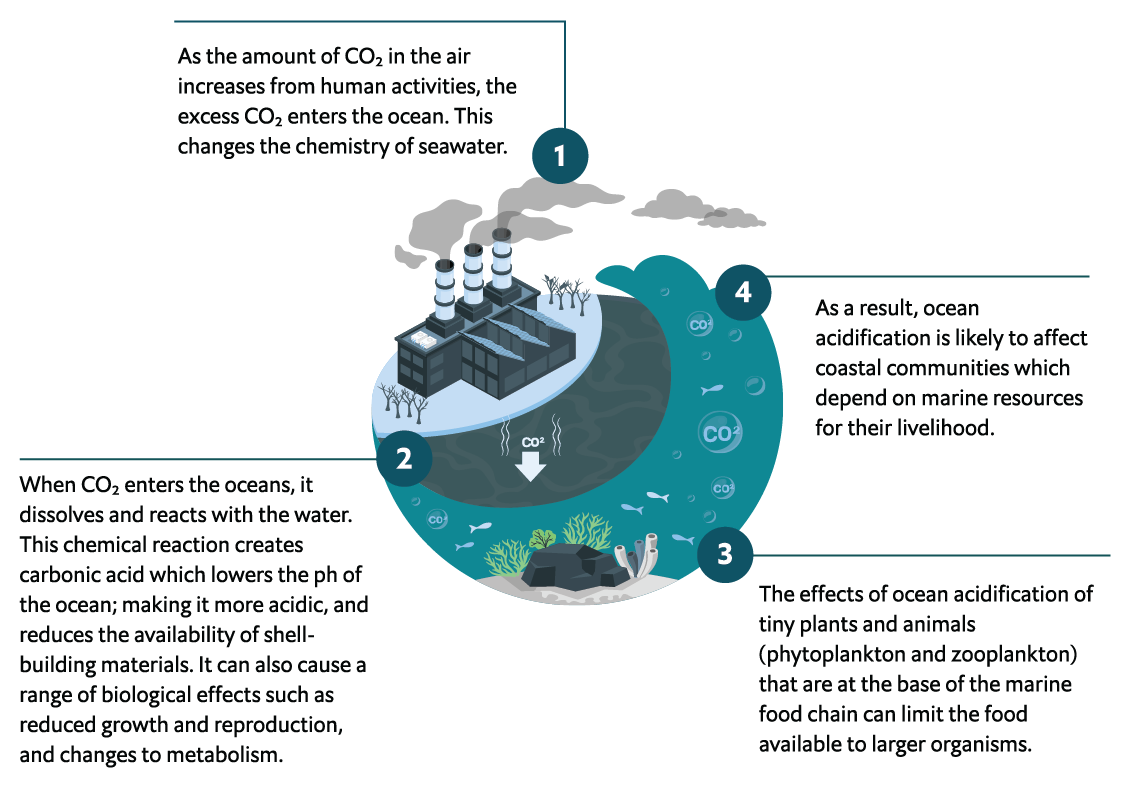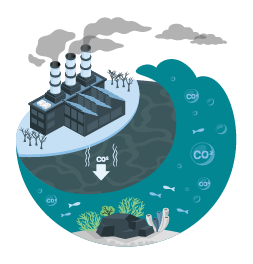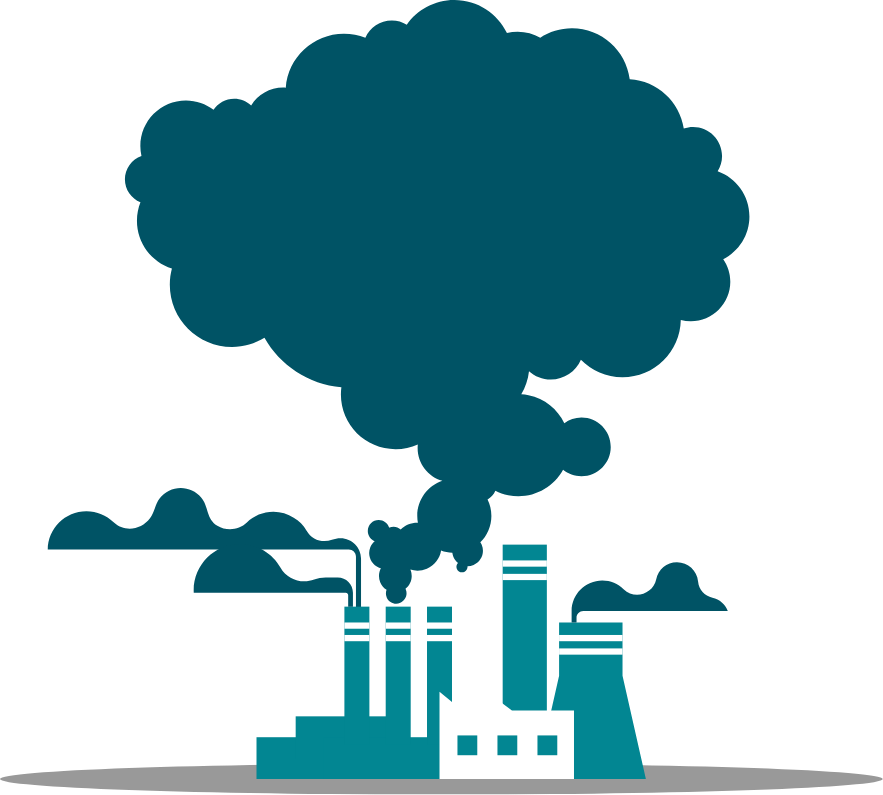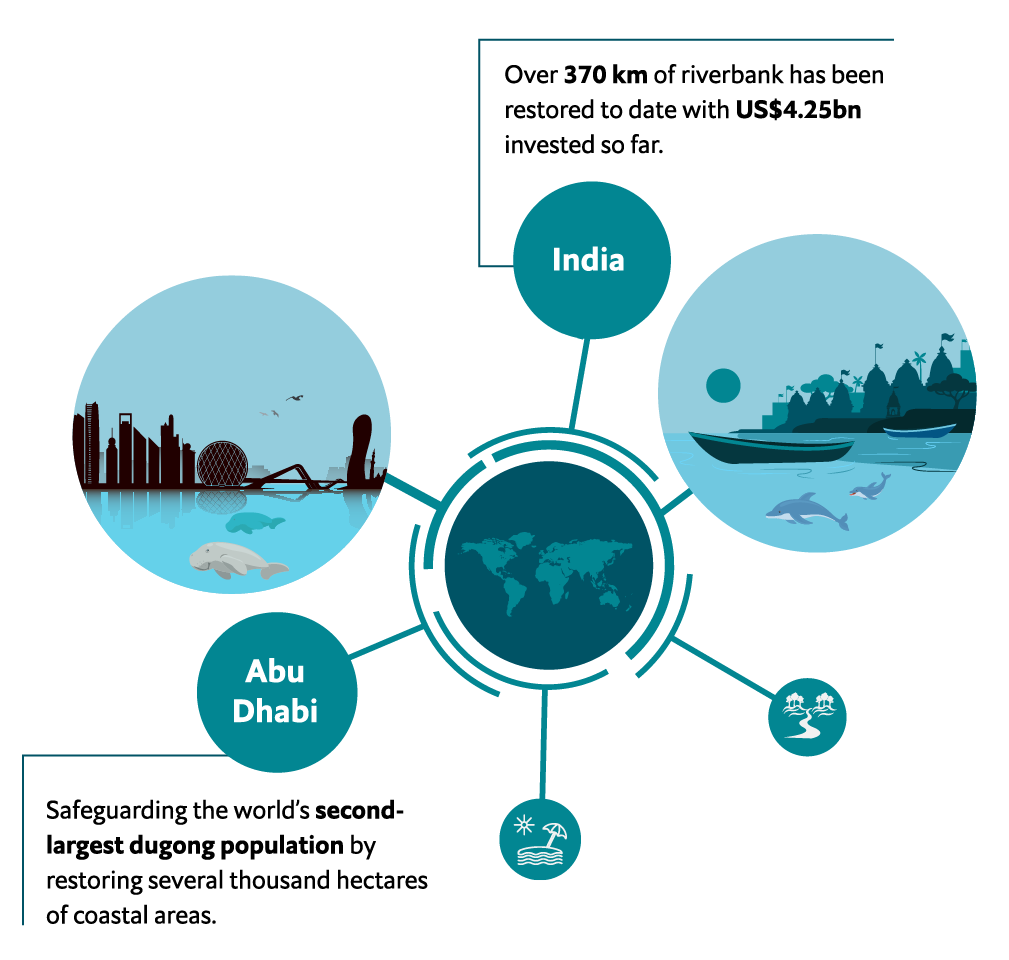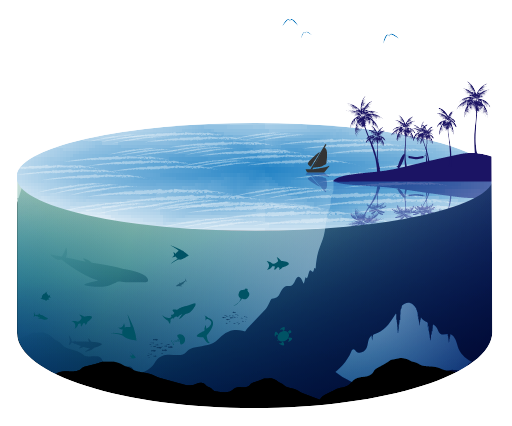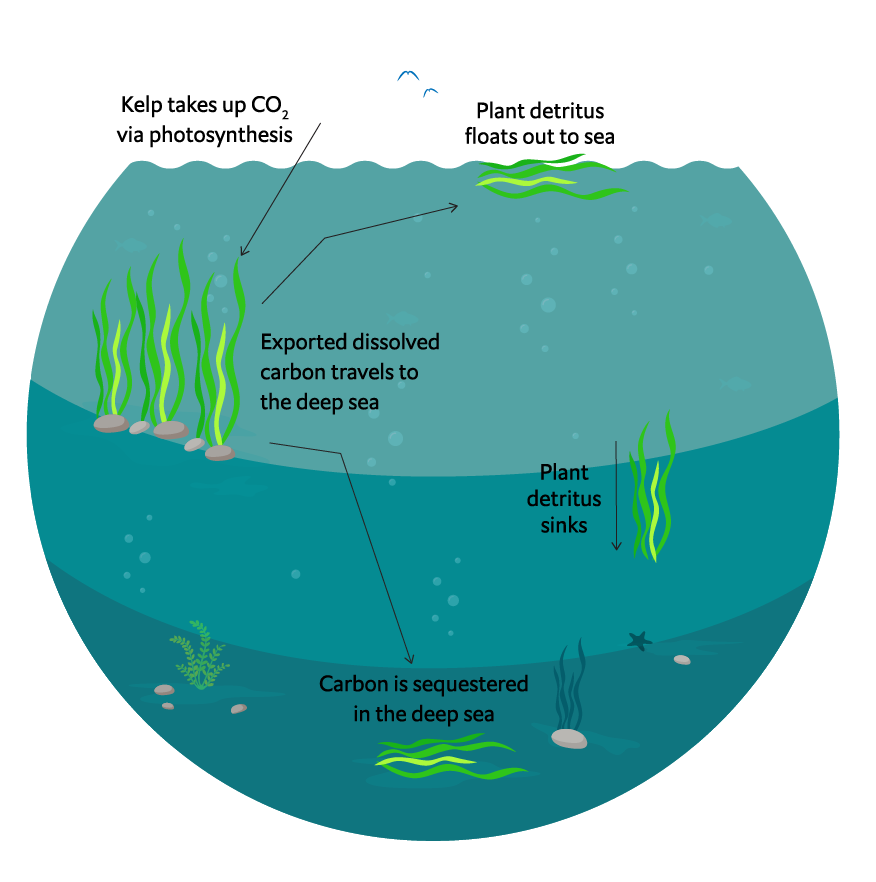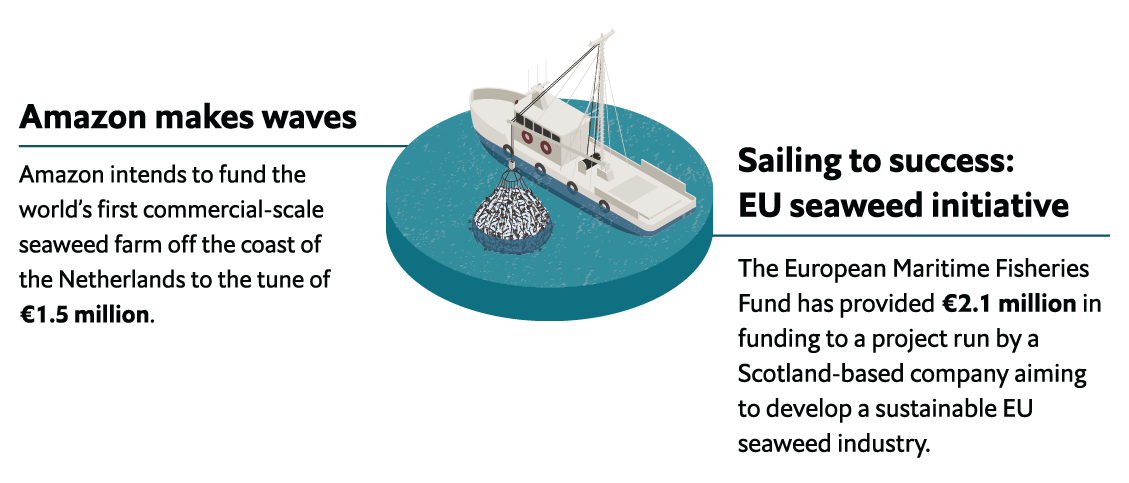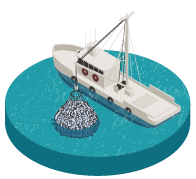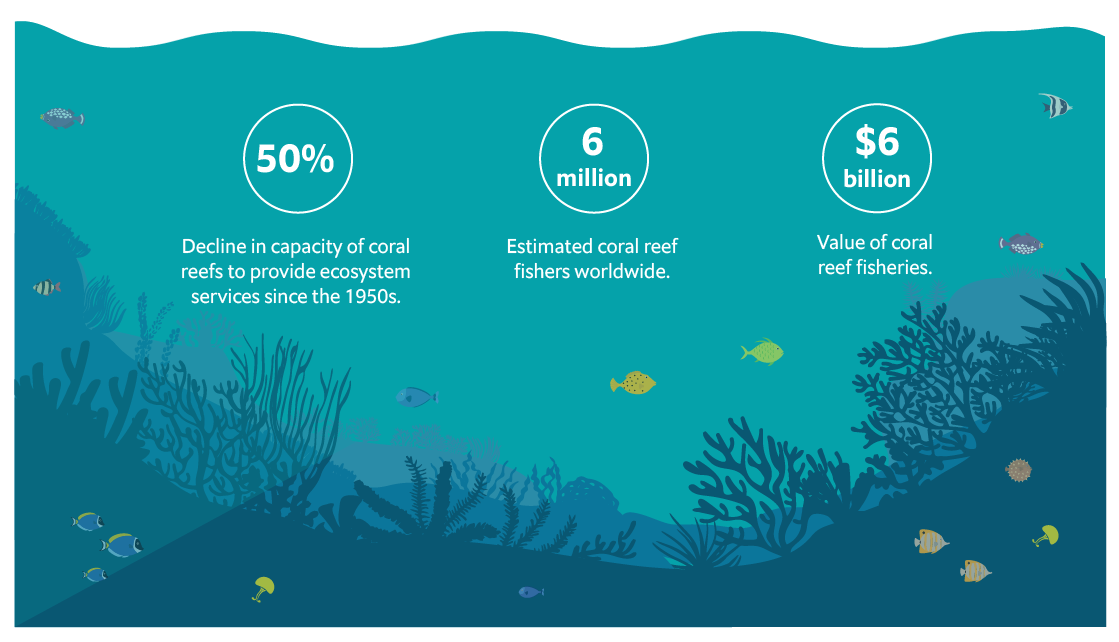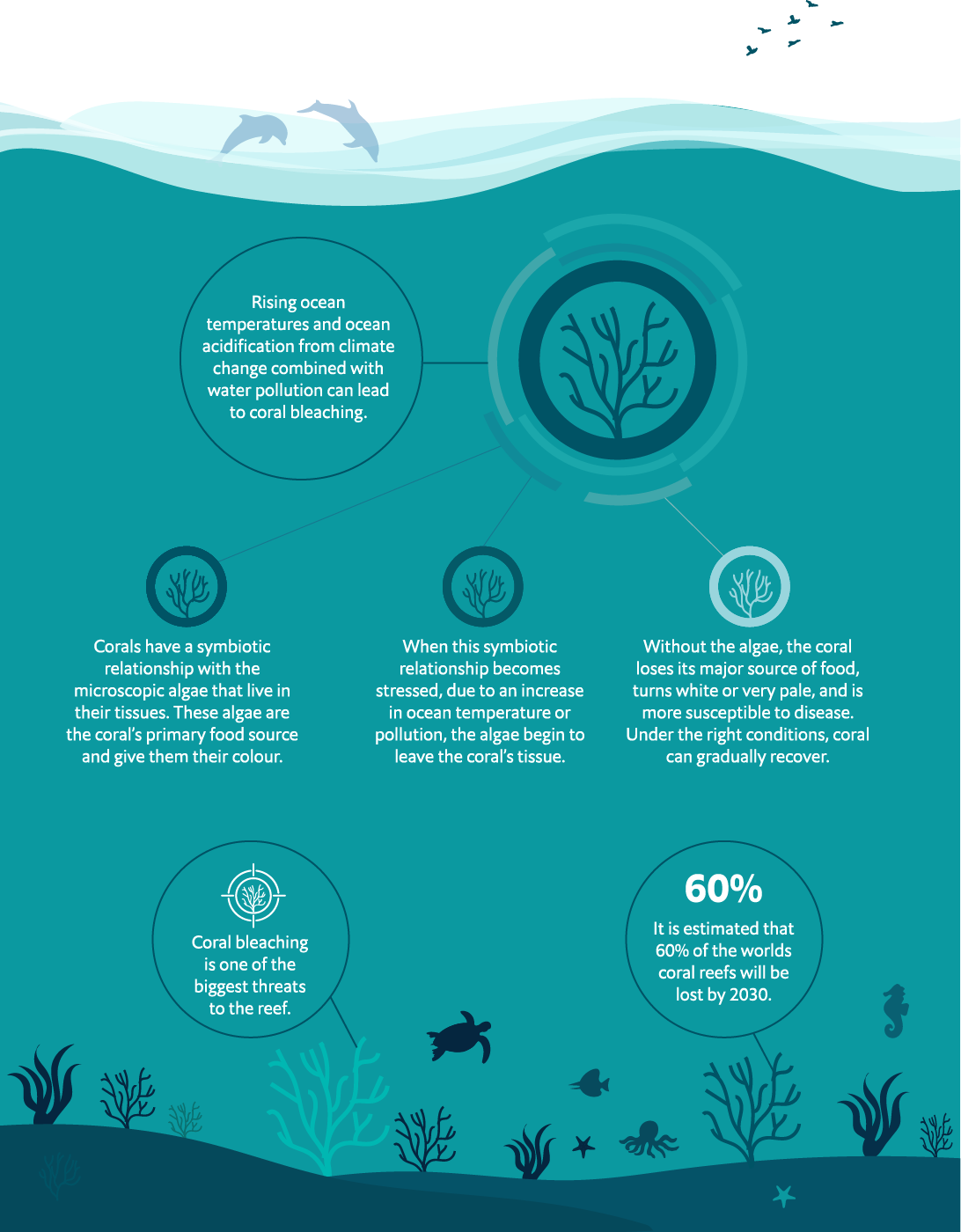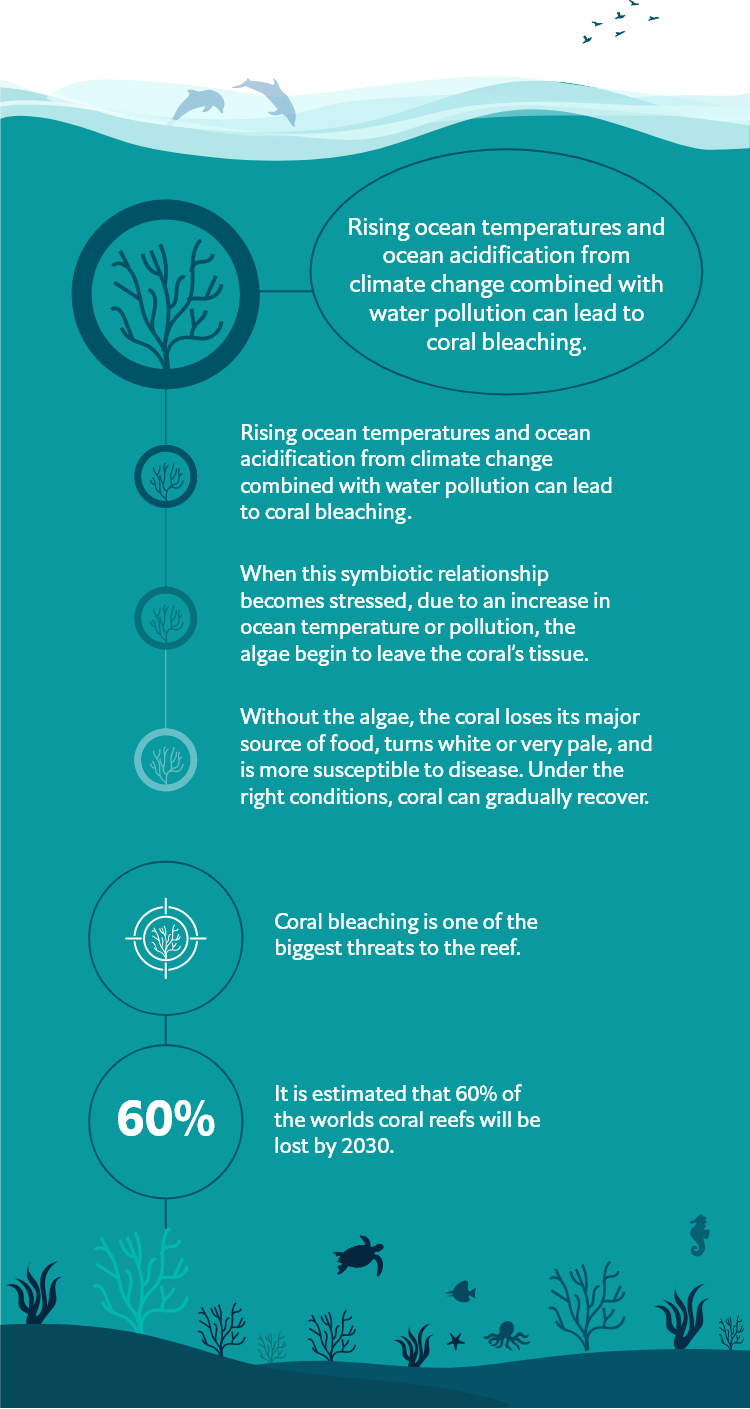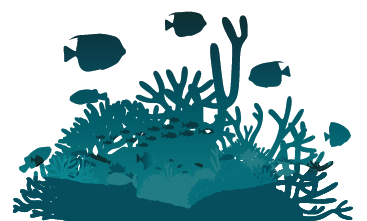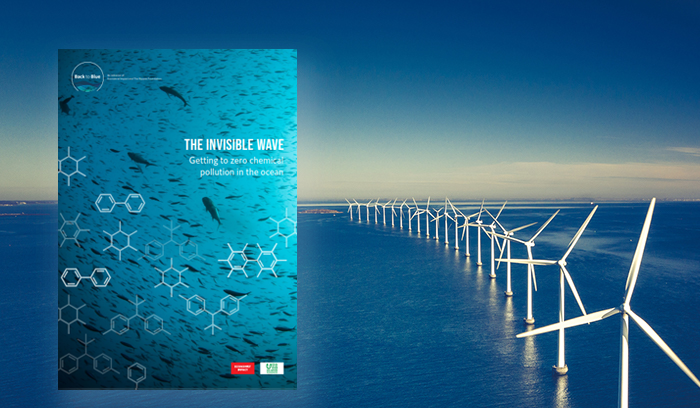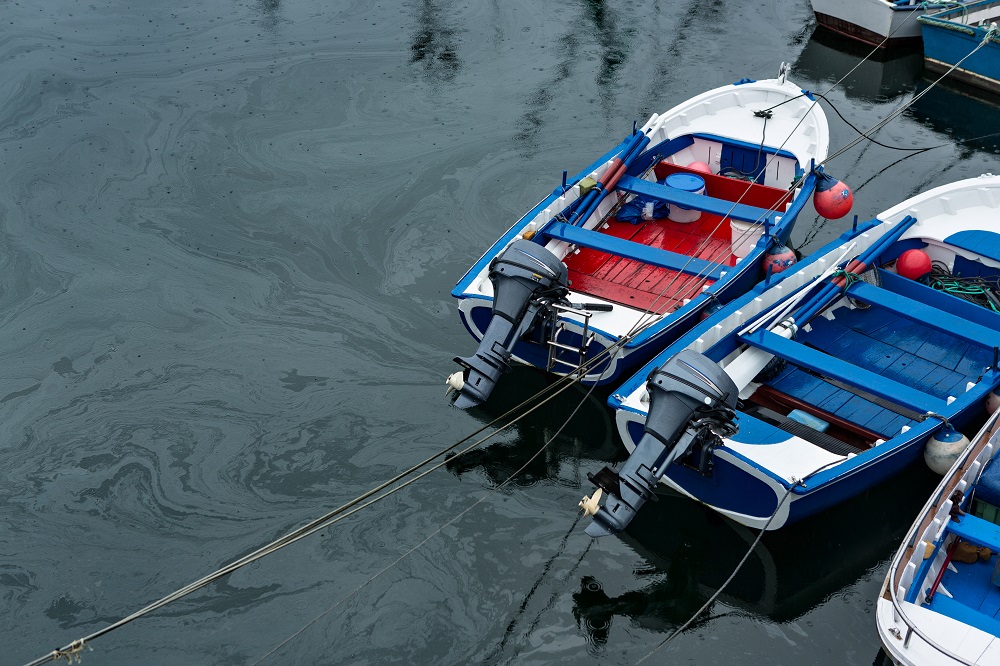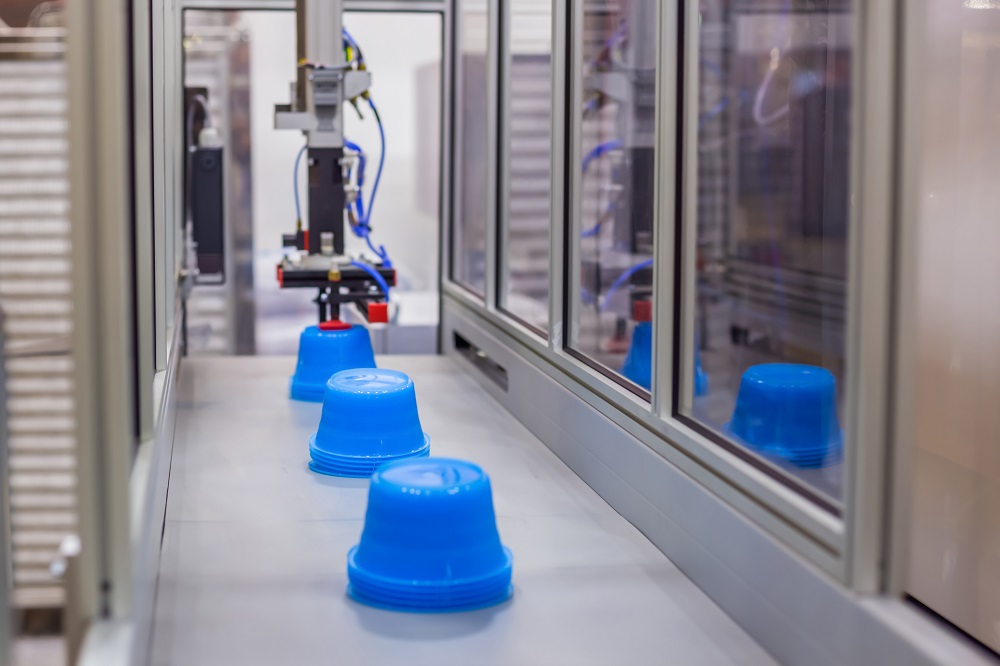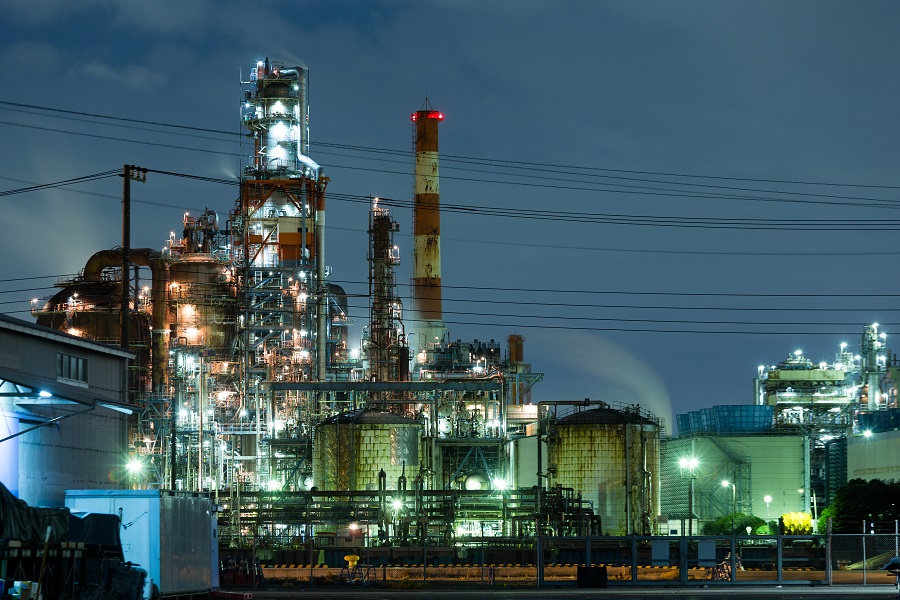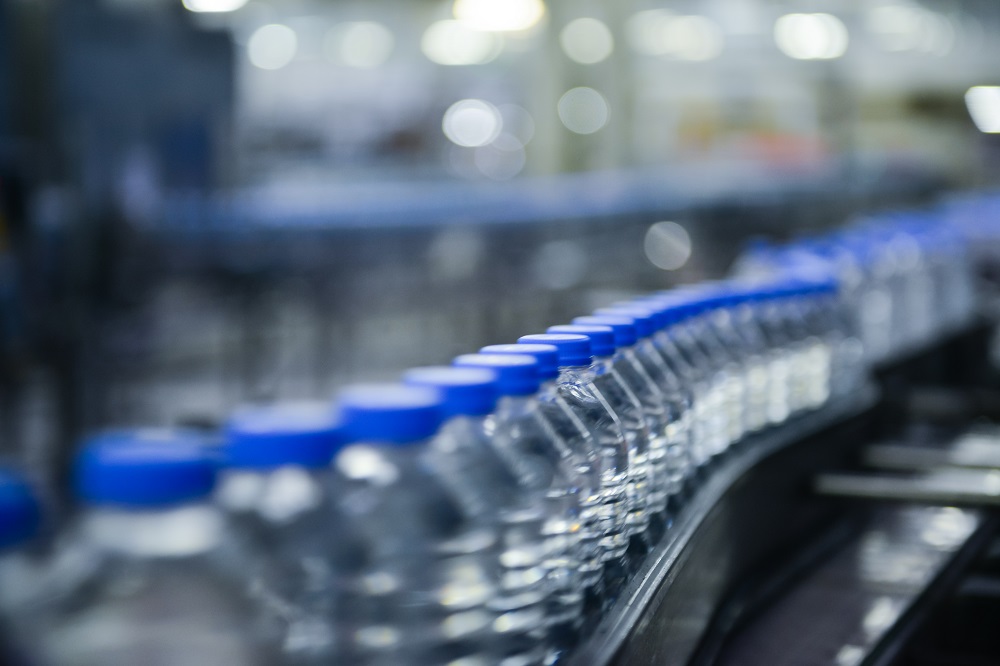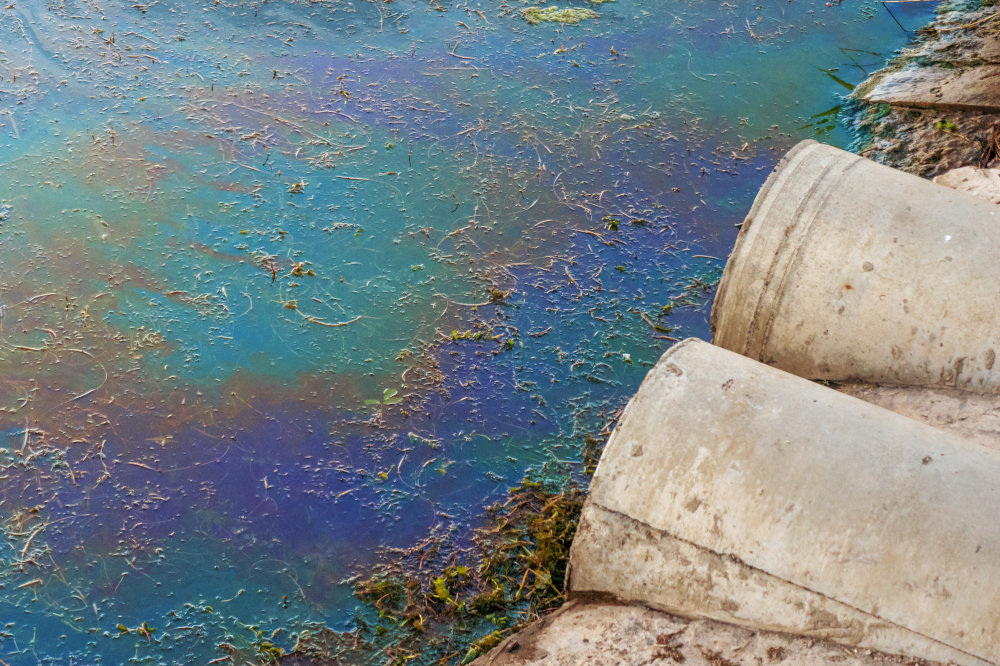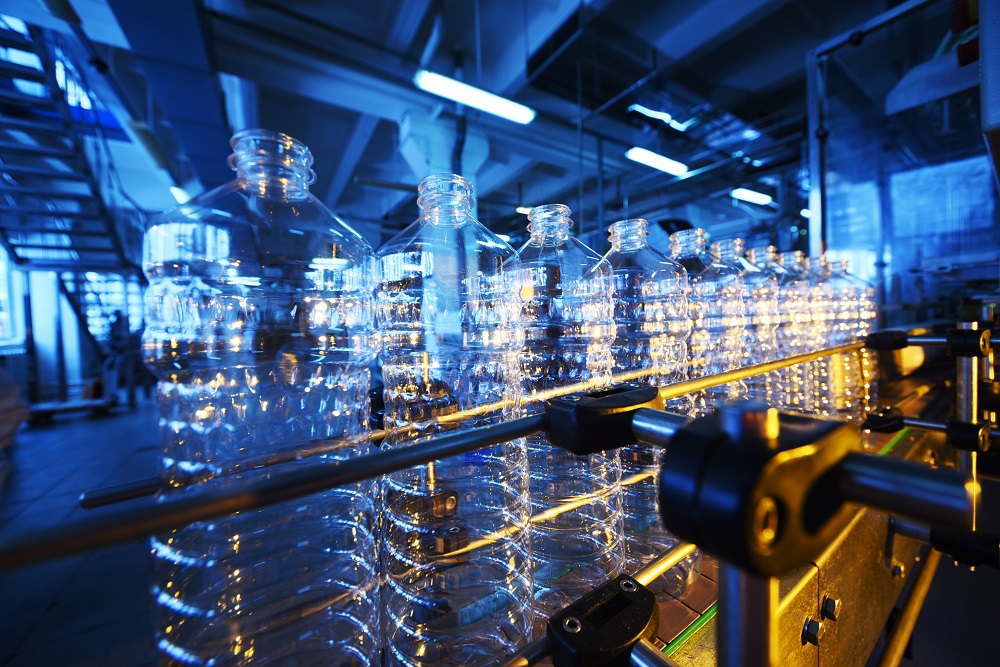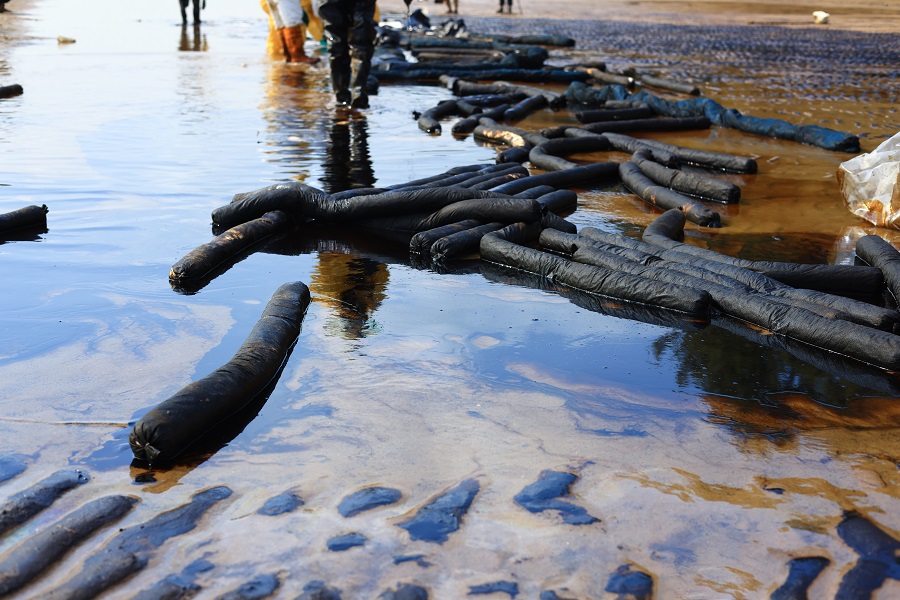Now, a new AI method is allowing researchers to estimate coastal fish stocks
and will hopefully allow countries that have poor fisheries data to
determine the sustainability of their stocks. The approach, spearheaded by
Dr Tim McClanahan, director of Marine Science at Wildlife Conservation
Society, estimated fish stocks with 85% accuracy in a pilot region in the
Western Indian Ocean.
Dr McClanahan carried out the work over a number of years, and began by
counting fish in protected areas where there was no fishing, allowing him to
estimate recovery rates. He used over 1,000 transects to count fish stocks
and collected satellite data such as water temperature, distance from shore,
ocean productivity, depth of the water and existing
fisheries management.
He trained the model with 70% of the information and tested it against the
remaining 30%. “When we did that, we came to the shocking recognition that
it had 85% predictive ability,” said Dr McClanahan. “Nobody had probably
ever realised that you could predict fish populations from basically
reflections off the surface of the sea, knowing the distance and the
management system it’s in. This is extremely powerful,” he carried
on enthusiastically.

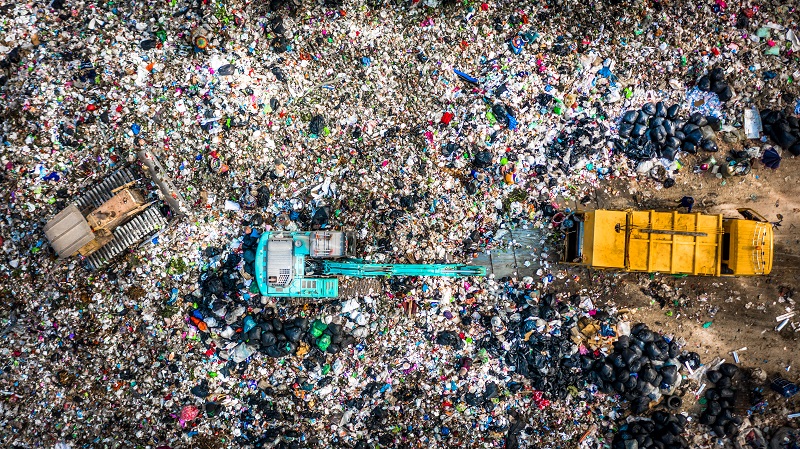

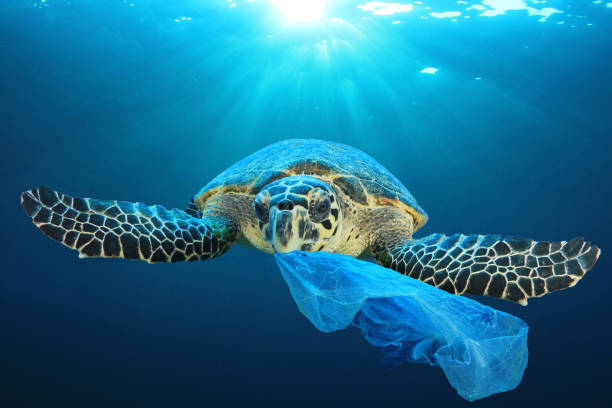

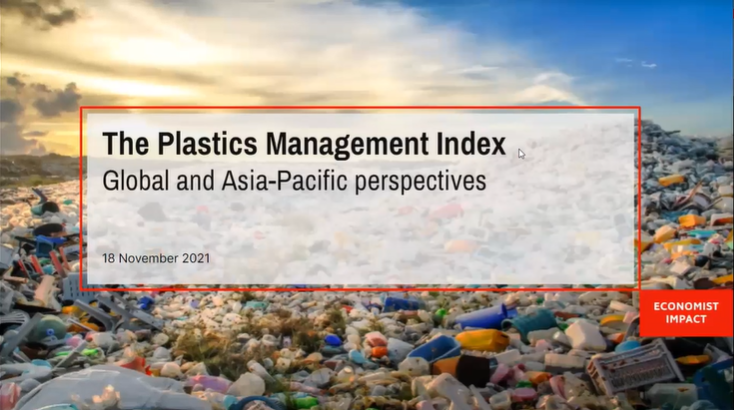


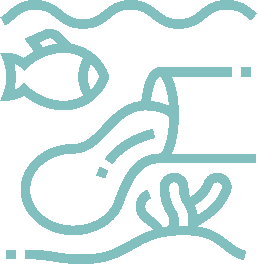

 World Ocean Summit & Expo
2025
World Ocean Summit & Expo
2025 UNOC
UNOC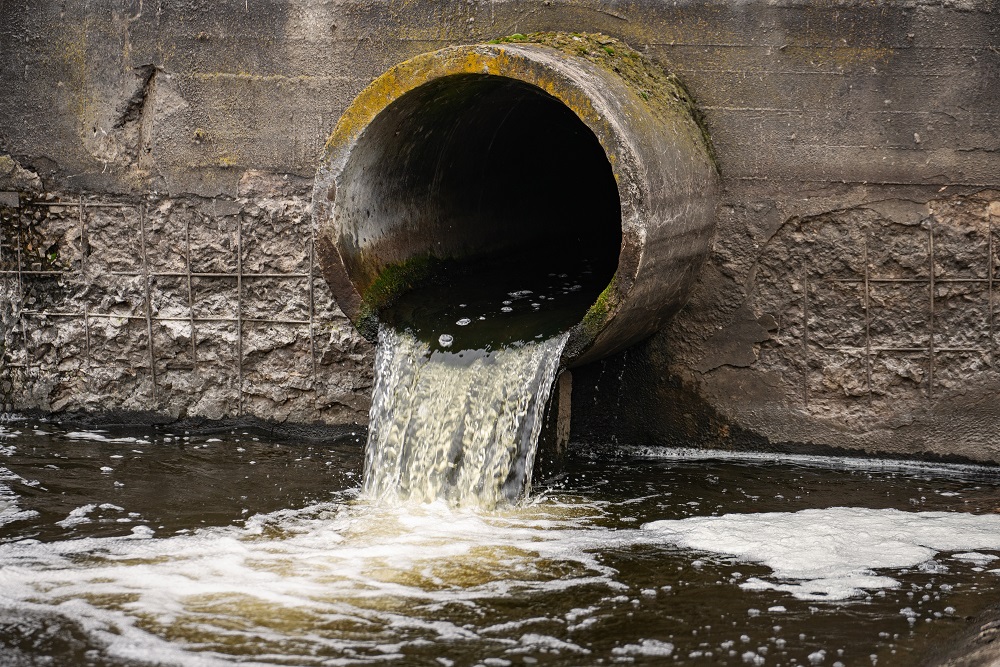 Sewage and wastewater pollution 101
Sewage and wastewater pollution 101 Slowing
the chemical tide: safeguarding human and ocean health amid
chemical pollution
Slowing
the chemical tide: safeguarding human and ocean health amid
chemical pollution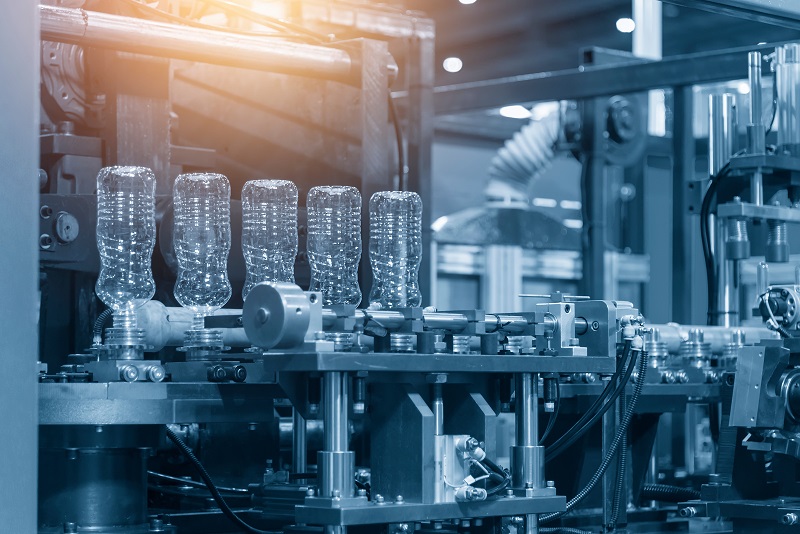 Hazardous chemicals in plastics - the discussions at INC
Hazardous chemicals in plastics - the discussions at INC






